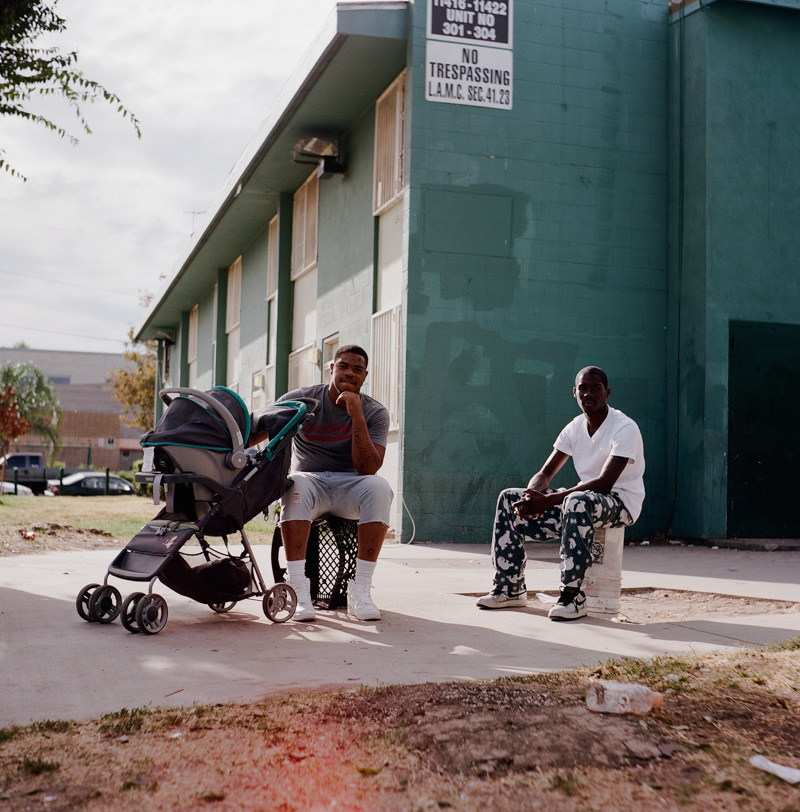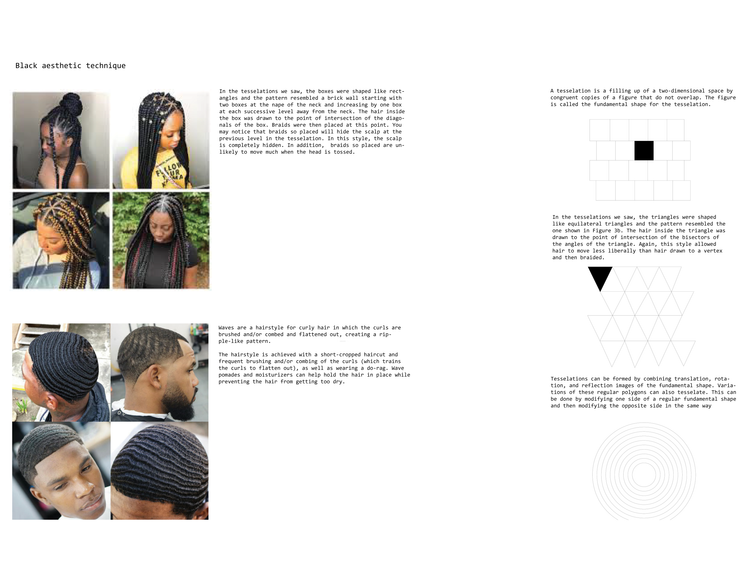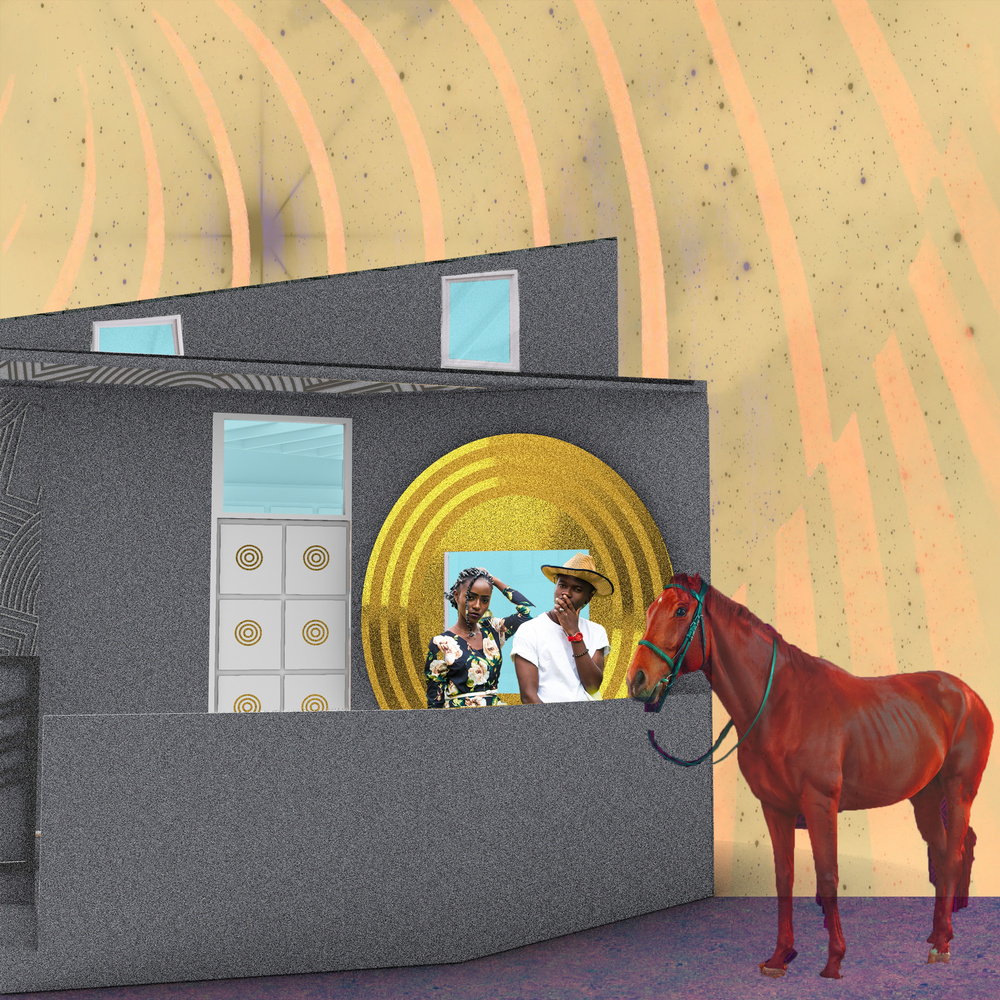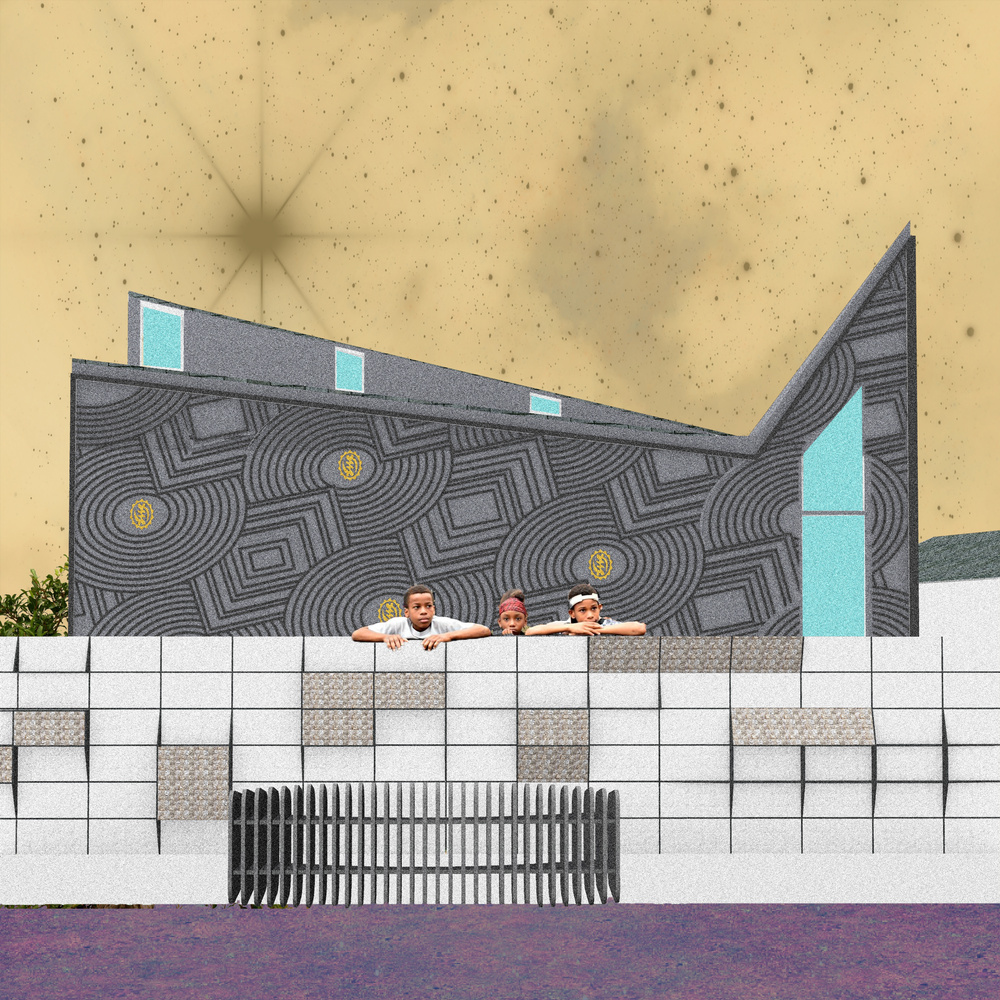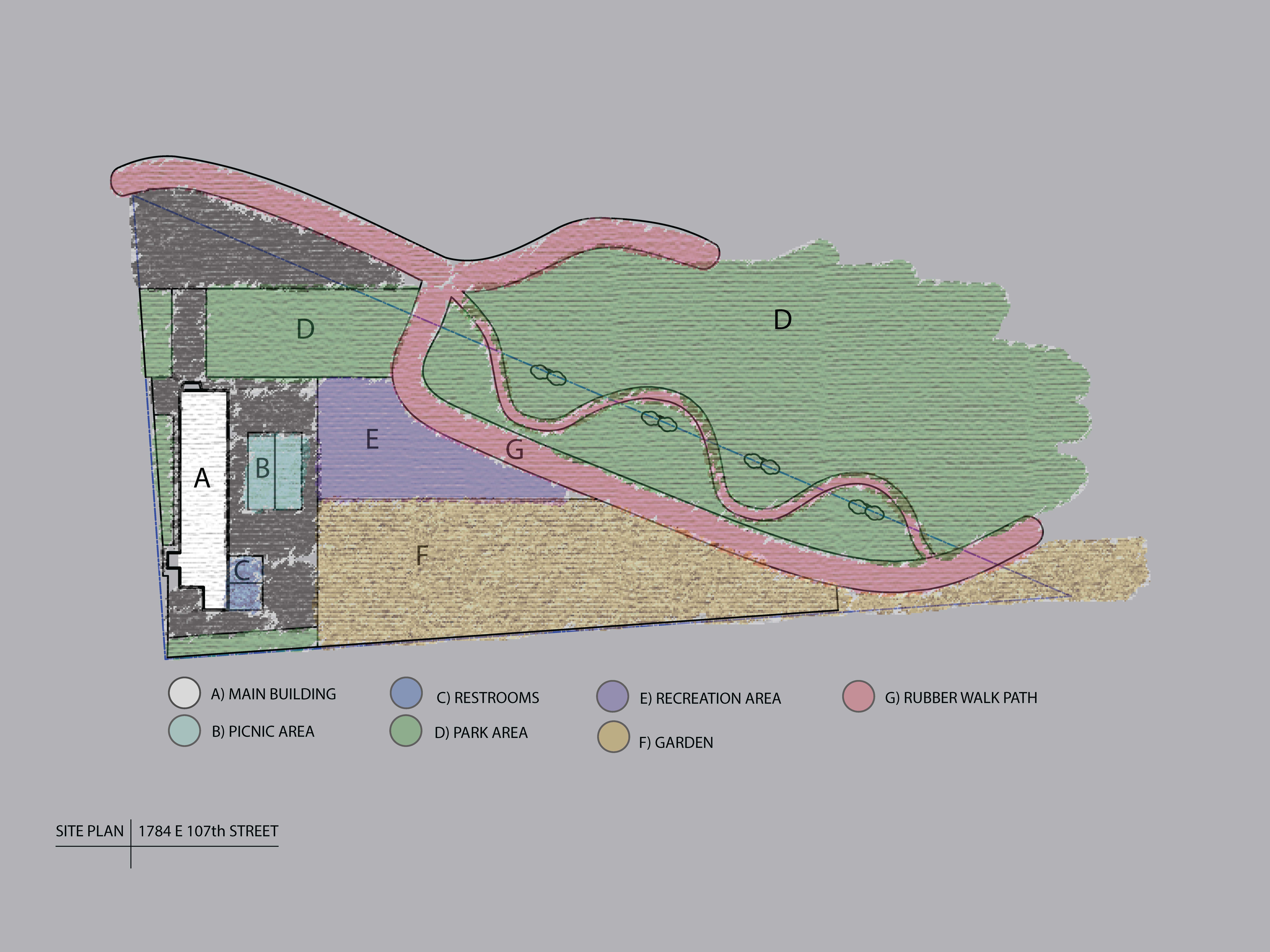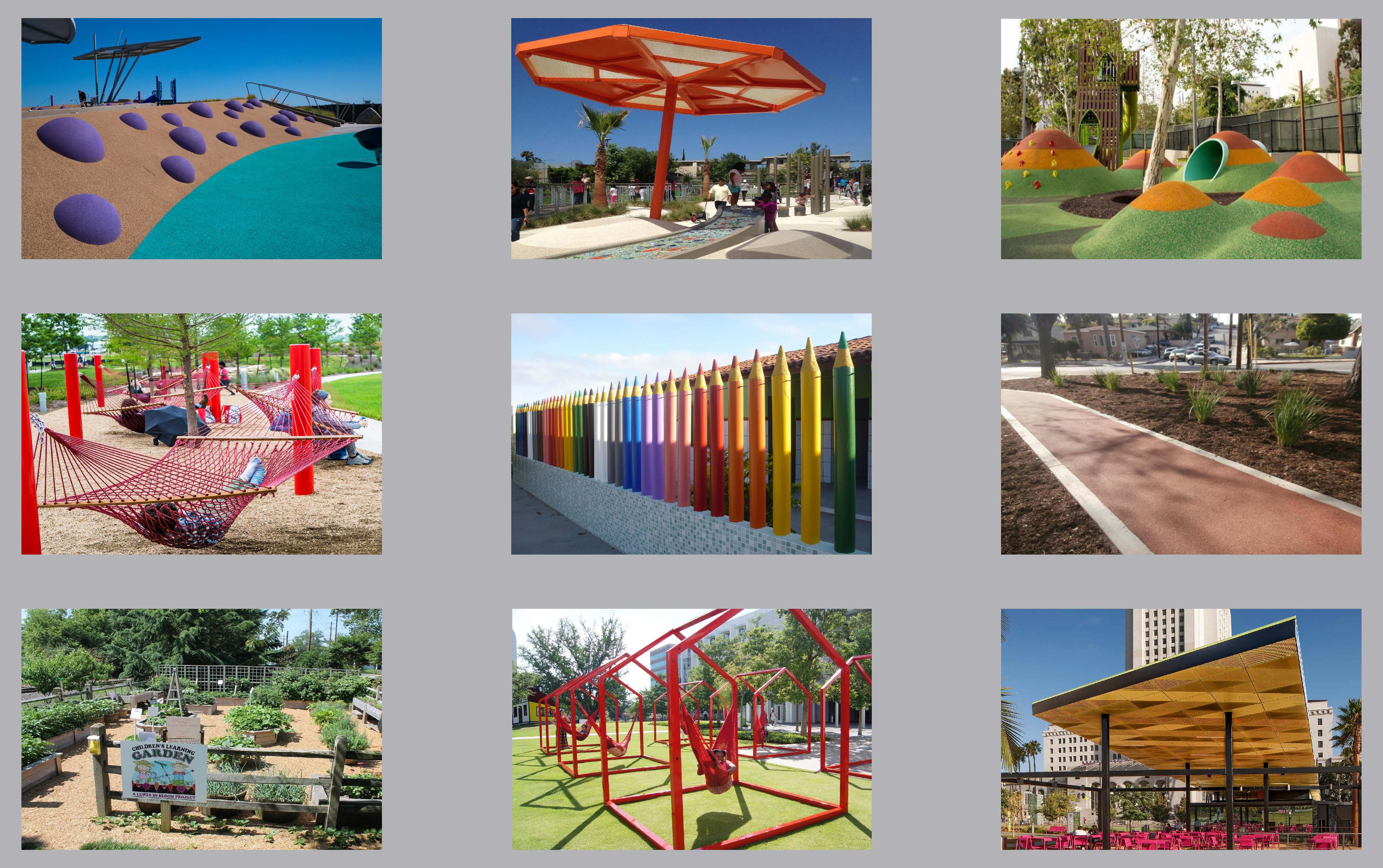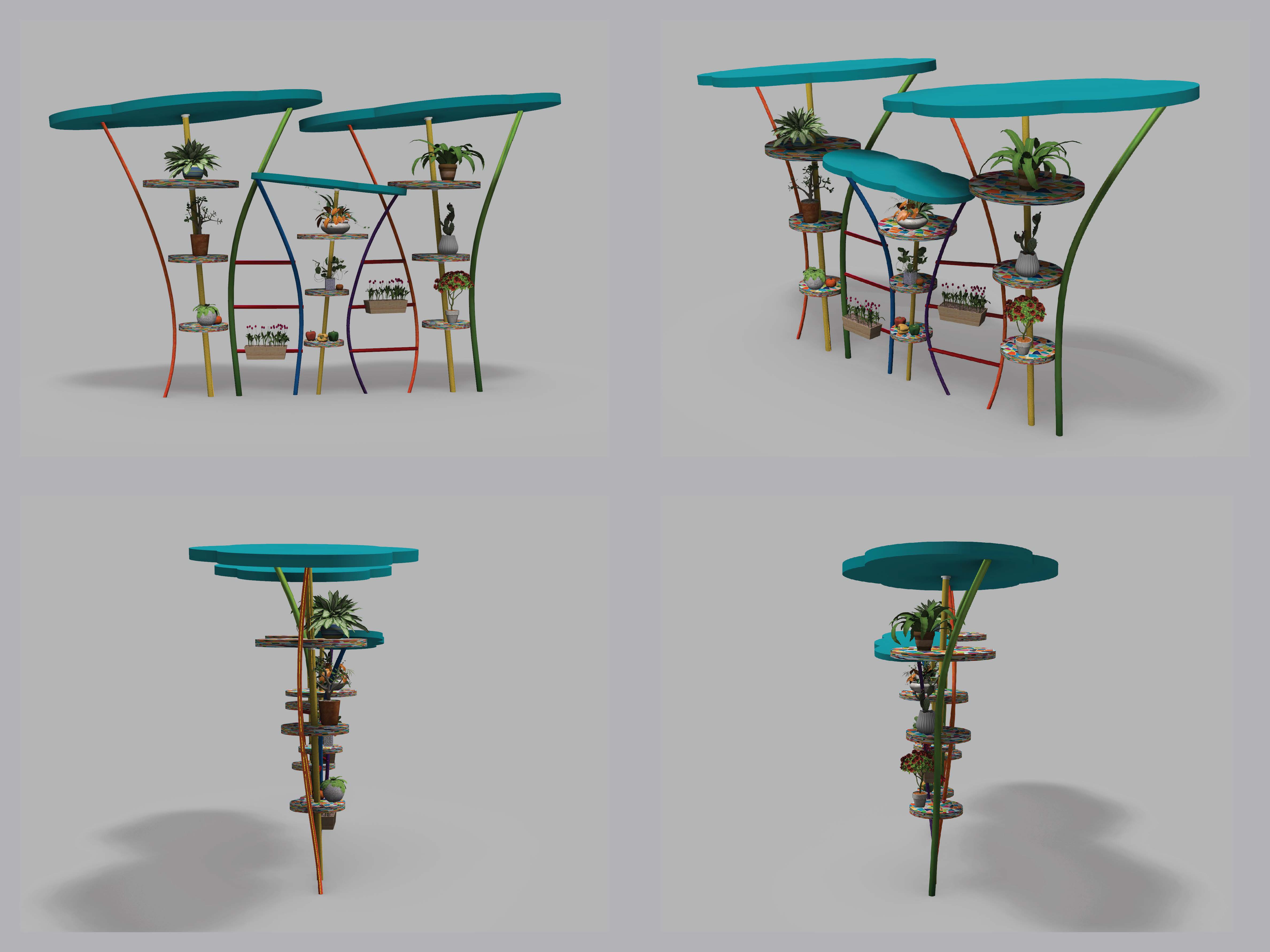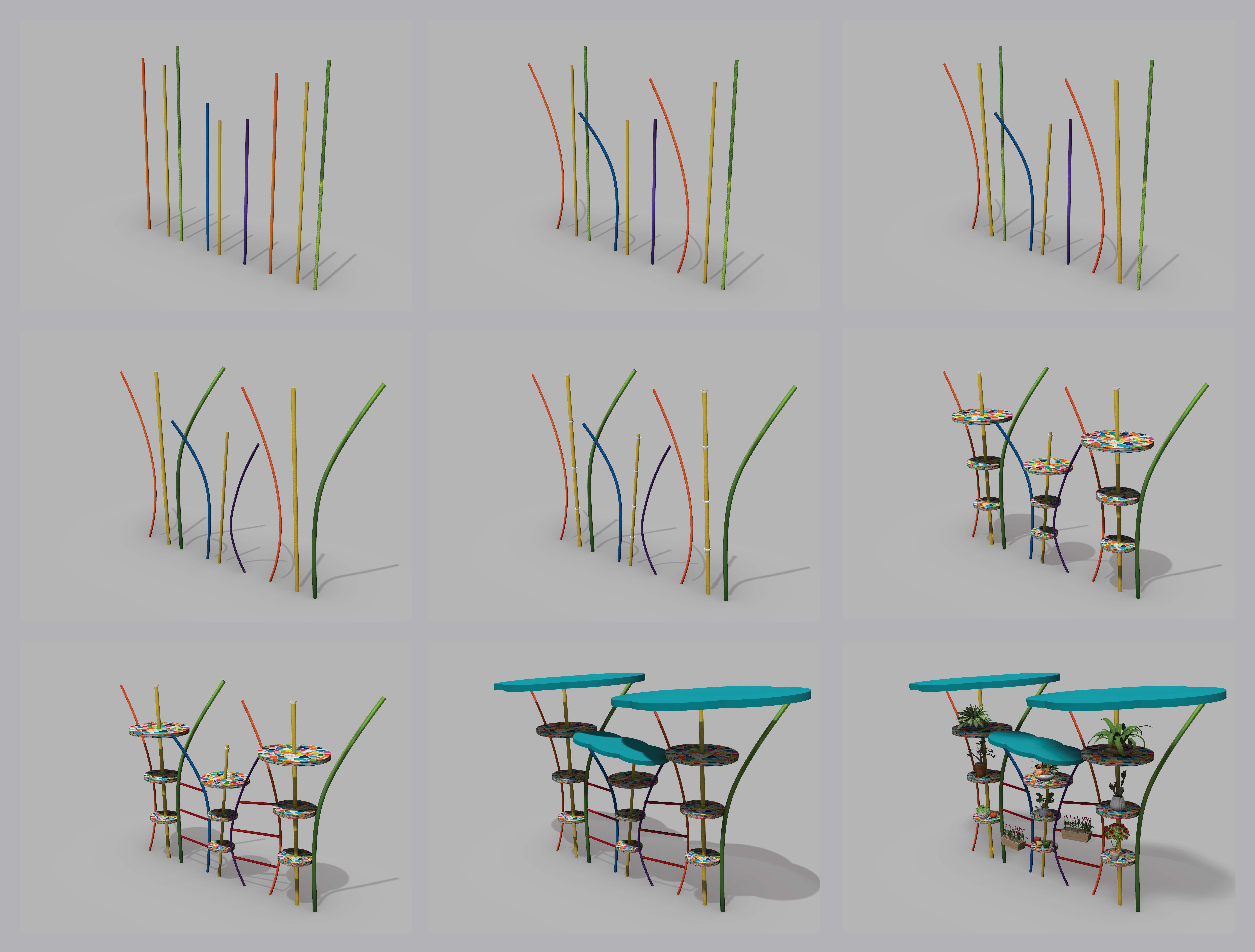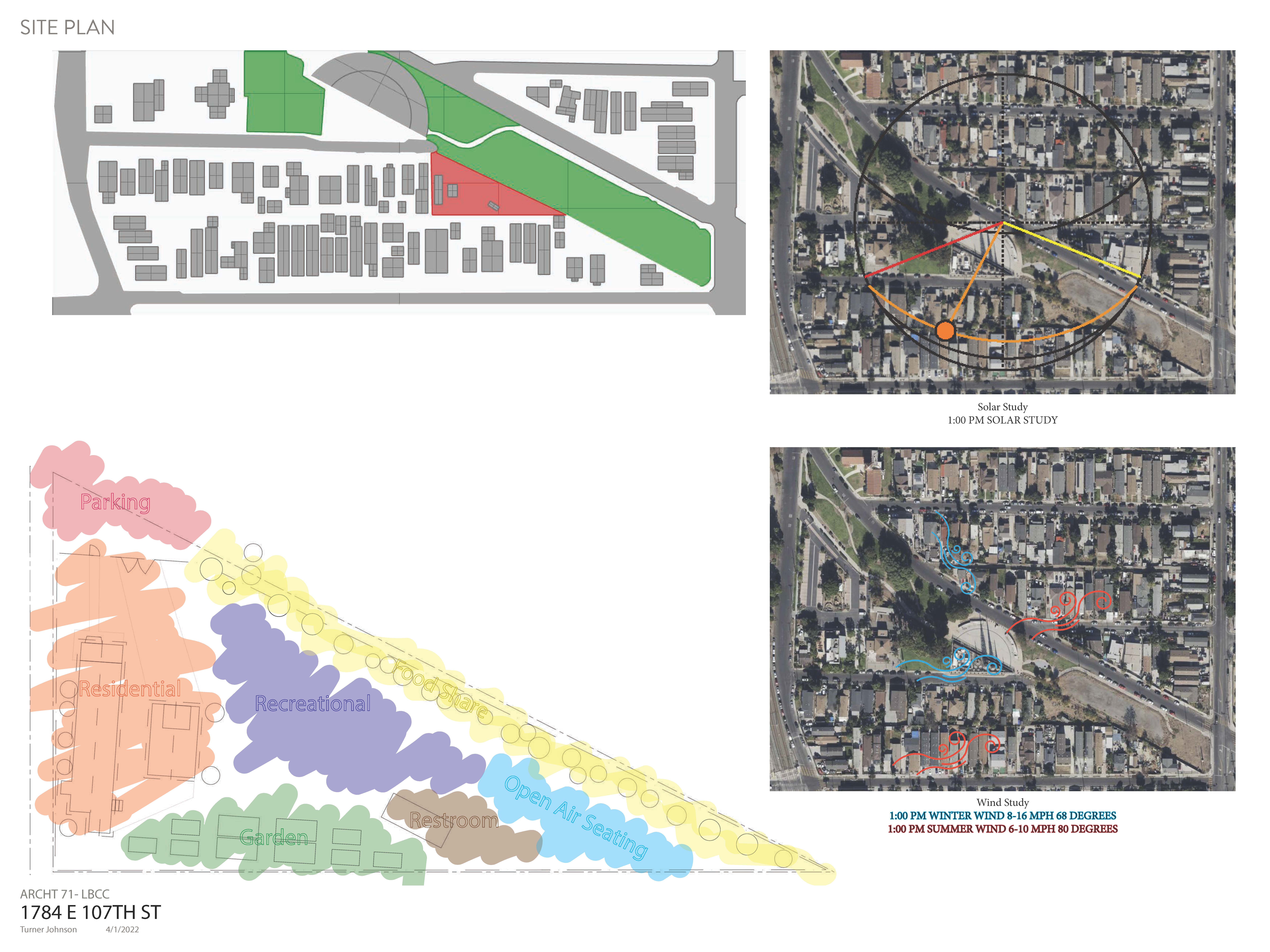Research
Whether embarking on a residential endeavor, commercial venture, or public space design, our research delves into a vast array of precedent images and plans, serving as an invaluable source of inspiration. These resources act as catalysts for boundless creative thinking, empowering us to defy conventions, push boundaries, and ultimately deliver exceptional architectural designs that make a lasting impact on our clients.
History of Black Housing
So many cultures have their own architecture styles based on values, goals, morals, and customs shared by their society. When these cultures have relocated to America, to keep their culture and values intact, they bought land and built in the image of their home lands.
This is not true in historically Black neighborhoods.
South Central, Los Angeles is the most dense population of Black people west of the Mississippi. In an attempt to address a major housing shortage , public housing was introduced for civilians in 1933 during the New Deal.
The federal government began this program with only building public housing for Whites only across the country. Take Los Angeles, after civil protest and an increasing housing crisis, Los Angeles was forced to integrate the housing projects. The Federal Housing Authority (FHA) furthered the segregation efforts by refusing to insure mortgages in and near African-American neighborhoods — a practice known as “redlining.” At the same time, the FHA was subsidizing builders who were mass-producing entire subdivisions for whites — with the requirement that none of the homes be sold to African-Americans. So as White people were moved out of the projects, Black people received what was no longer good enough for the middle and lower class white people.
The Black population is represented by the blue dots. You will notice once black people move out of South central, they tend to go pretty far away, with most moving to either the Inland Empire, Lancaster/Palmdale, or Nevada. With each black family that leaves, history and lineage is ripped away from slowly.
Established Black Techniques
In order to craft this architectural language, I wanted to find established Black techniques that are used for aesthetic purposes. Hair immediately came to mind. Since the beginning of African civilizations, hairstyles were a method used to convey messages to greater society.
The hair is the most elevated part of the body and was therefore considered a portal for spirits to pass through to the soul. Because of the cultural and spiritual importance of hair for Africans, the practice of having their heads involuntarily shaved before being sold as slaves was in itself a dehumanizing act.”
(Hair Story, Byrd, Ayana D.)
Hair has remained an important way to express cultural identity for Black americans. I used shapes found in 2 of the most common hair styles among black people, waves and box braids. I superimposed both shapes onto each other, and created an architectural skin that will be the focal point of the house. The gold accents are adinkra symbols from West Africa.
Through cataloging images I found of Watts, I analyzed how the background of an image effects the way a viewer perceives them. I catalogued the built environments behind the people. It was often bars on the door, graffiti, bars on the windows, old buildings, chain link fences, and trash. Black people in America are already dealing with lingering issues of racism both blatant and subtle.
It seems through no fault of our own, we are often looked at and perceived as a threat, as less than, as aggressive. Through media, laws that affect us disproportionatly, and history our image has been negativly effected in the eyes of others. Our built environment reinforces this negative image.
While there may not be an established architectural language/aesthetic that represents Black culture, there is a negative image of Black neighborhoods. And oftentimes, housing for Black people is designed with little regard negative effects on the residents. In “Spatializing Blackness” author Rashad Shabazz researched and analyzed how carceral power shaped urban planning, housing policy, policing practices, gang formation, high incarceration rates, and health for black Chicagoans. “The children here are surrounded by wire mesh and fencing that makes their living environment resemble the catwalks or a prison. There is an abundance of security measures in these Black neighborhoods, and housing projects specifically, such as “policing, 24/7 video surveillance, perimeter patrols, apartment sweeps, curfews, stop and frisk techniques. The appearance makes it seem “as if they weren’t supposed to escape”.
Shabazz argues that these measures have radically transformed the built environment. Perhaps, these measures, as well as the lack of accurate representation in the built environment are at the root of this negative image of Black neighborhoods. I am using architecture to change the backdrop of the images in Black neighborhoods, therefore improving the perception of the subject.
Syllabus
Selected Student Work:
- Dustin Buyck
- Turner Johnson
- Johanna Aquino
- Yuliana Rodrigu


